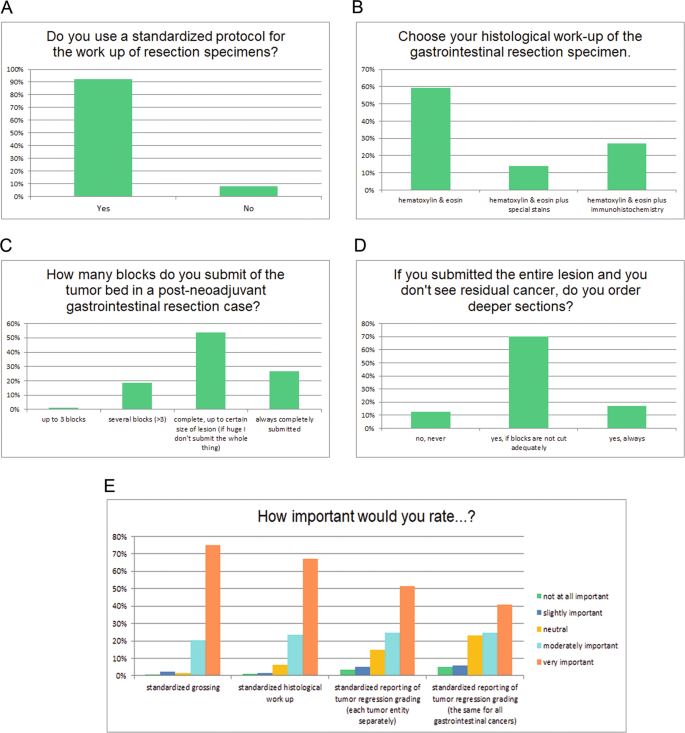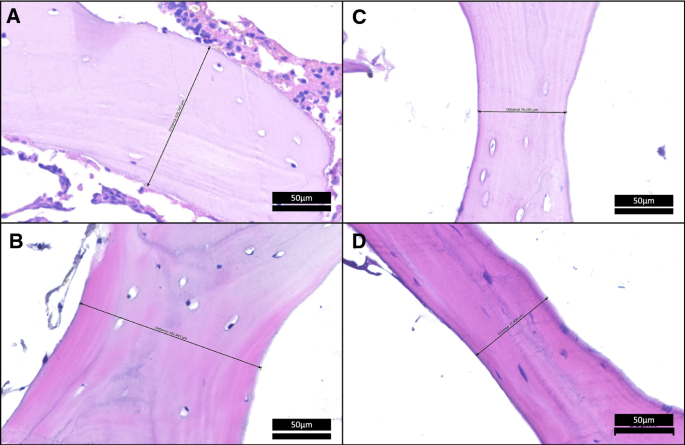

We conclude that two-week, isocaloric TRF can potentially decrease liver inflammation, without significant weight loss or reductions in hepatic steatosis, in obese mice with NAFLD. However, liver Grp78 and Txnip expression were decreased with TRF suggesting hepatic endoplasmic reticulum (ER) stress and activation of inflammatory pathways may have been diminished.
#Image pro plus hematoxylin and eosin free
We observed no changes in liver lipid metabolism-related gene expression, despite increased plasma free fatty acids and decreased plasma triglycerides in the TRF group. There were no changes in hepatic lipid accumulation or other characteristics of NAFLD. Remarkably, this short-term TRF protocol modestly decreased liver tissue inflammation in the absence of changes in body weight or epidydimal fat mass. After 26 weeks of ad libitum access to western diet, mice either continued feeding ad libitum or were provided with access to the same quantity of western diet for 8 h daily, over the course of two weeks. Thus, we hypothesized that short-term, isocaloric TRF would improve NAFLD and characteristics of metabolic syndrome in diet-induced obese male mice. In addition, 3-day, severe caloric restriction can improve liver metabolism and glucose homeostasis prior to significant weight loss. Statistical analysis: *** p < 0.001, * p < 0.05.Prolonged, isocaloric, time-restricted feeding (TRF) protocols can promote weight loss, improve metabolic dysregulation, and mitigate non-alcoholic fatty liver disease (NAFLD). Data are presented as the mean ± SD (n = 5). The expression of CD31 and VEGF in the PRP group were significantly higher than that in the control group. ( f, h) Statistical analysis of positive cells of each group on days 5 and 7. Red arrows indicate the positive cells in the two groups. ( e, g) The expression of platelet endothelial cell adhesion molecule-1 (CD31) and vascular endothelial growth factor (VEGF) in the PRP and control group on days 5 and 7 with immunohistochemical methods. ( d) The statistical results of neovascularization showed that the amount in the PRP group was larger than that of the control group, and the difference was statistically significant on days 5 and 7.

Neovascularization was scattered around the wound with different sizes. Yellow arrows indicated neovascularization in the two groups. ( c) H&E staining analysis of angiogenesis in the PRP and control group on days 5 and 7. There were significant differences between the two groups on days 5 and 7. ( b) Quantitative analysis of granulation tissue in the two groups with Image-Pro Plus (IPP) software. Compared with the control, the granulation tissue was gradually replaced by tissue remodeling in the PRP group, as shown in the yellow area. The granulation tissue of the PRP group was homogeneous with an internal visible vascular network arrangement.

( a) Hematoxylin and eosin (H&E) staining showing the granulation tissue in the PRP and control groups on days 3, 5 and 7 after injection. Angiogenesis and granulation tissue formation in the control and PRP treated groups.


 0 kommentar(er)
0 kommentar(er)
